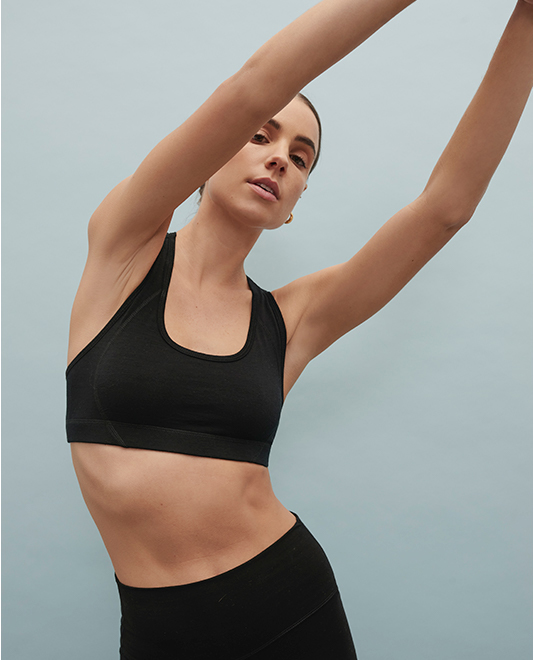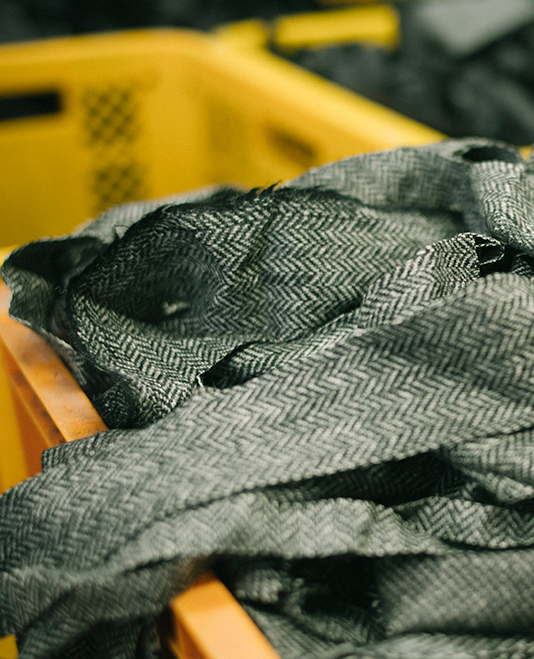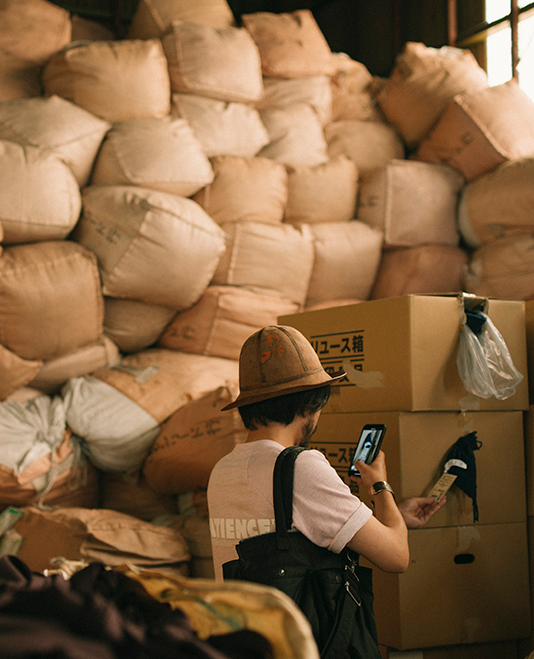How well do you know your wardrobe? Do you know how your clothes are made, or the materials they are made from?
Cheap, synthetic fibres have become the backbone of today’s throwaway fashion model. Yet by rethinking how you shop, becoming a label turner and paying attention to the fibres that make your clothes, you can help disrupt the world of throwaway fashion.
Bring back last season
It’s time to fall in love with your wardrobe all over again and breathe new life into clothes of wardrobes past. Whether it’s mum’s wool coat or a Merino sweater from 2 years ago, you’ll soon realise the most sustainable choice is to wear what you already have.
Did you know: We’re using clothes less, but the sale of clothes has grown faster than pollution or GDP. Wool garments on the other hand are among the oldest kept in wardrobes, thanks to their durability and timeless designs.


Say no to fossil fuel fashion
You’ve heard of fast fashion, but did you ever stop to think about fossil fuel fashion? Polyester, acrylic, Nylon and other synthetic fibres are made from petroleum, oil, or basically, plastic. Greenhouse gas emissions from plastic’s lifecycle threatens the ability to keep the earth’s temperature below 1.5OC, and with more than 65 million tonnes of plastic produced for textile fibres, there’s a high chance it’s clogging your wardrobe (The Fibre of the Year, 2017).
Did you know: The production of synthetic fibres for the textile industry currently accounts for 1.35% of global oil consumption, exceeding the annual oil consumption of Spain (Fossil Fashion: The hidden reliance of fast fashion on fossil fuels).
Materials matter
Check that label and discover what’s inside your clothes. While a T-shirt made from recycled plastic water bottles may sound like the sustainable choice, it actually prevents them being continually recycled into more water bottles, and so the T-shirt is a one-way ticket to landfill. By choosing natural fibres, such as Merino, cotton or silk, you’re choosing fibres that don’t cost the earth.
Did you know: Merino wool is a 100% natural and renewable fibre, grown on a sheep’s back.
Say no to laundry
Finally, a legitimate excuse to not wash your clothes - or at least wash less often. While you can’t see microfibre pollution, you know it is choking our ocean and waterways. Up to 35% of microplastic in the marine environment are from synthetic clothing, via washing machines. Wool’s natural resistance to odour, stains and wrinkles means wool clothes require less washing, saving you time and money.
Did you know: A typical 5-kilogram wash load of polyester fabrics released more than 6 million microfibres destined for the ocean. Merino wool does not contribute to microplastic pollution as it biodegrades in marine environments.


Care, repair, donate
There are 21 billion tonnes of textiles sent to landfill every year - according to the UN Economic Commission for Europe report (2018) - thanks to the current take-make-dispose ‘linear’ model of consumption. By switching to a circular economy - and choosing fibres that have a positive lifecycle - your garments can be saved from landfill or incineration.
Did you know: Wool is the most reused and recyclable major apparel fibre that is valued for its many closed and open loop recycling applications.
Shop small
Avoid the fast fashion giants and choose an independent designer whose values align with yours, and with the environments. Our environmental edit and Woolmark Prize collections will allow you to carefully curate your wardrobe with conscious pieces, made to last.
Did you know: 100% natural, renewable, biodegradable and recyclabe, wool, by nature, is a circular fibre, well aligned with the principles of the circular economy.
